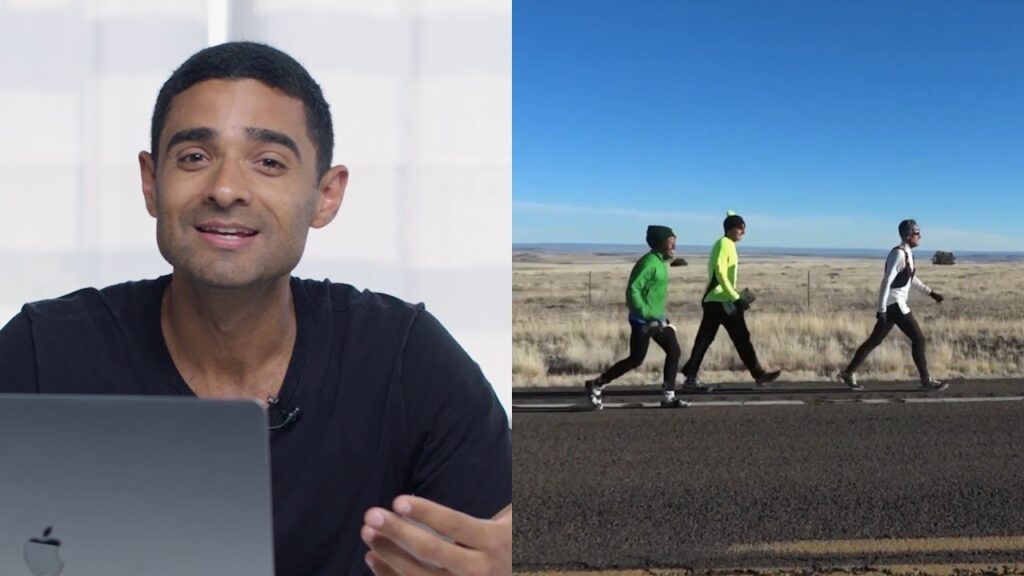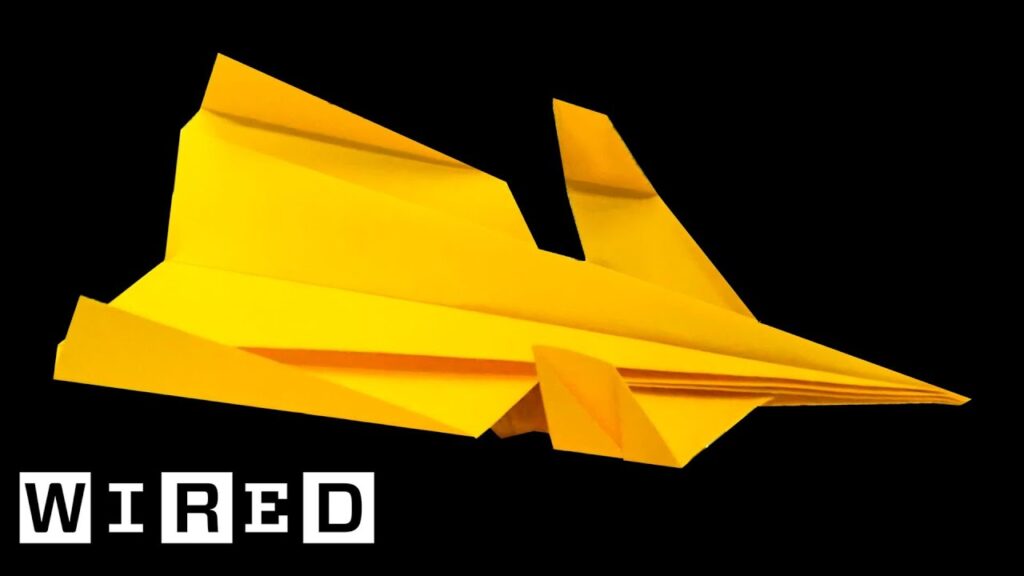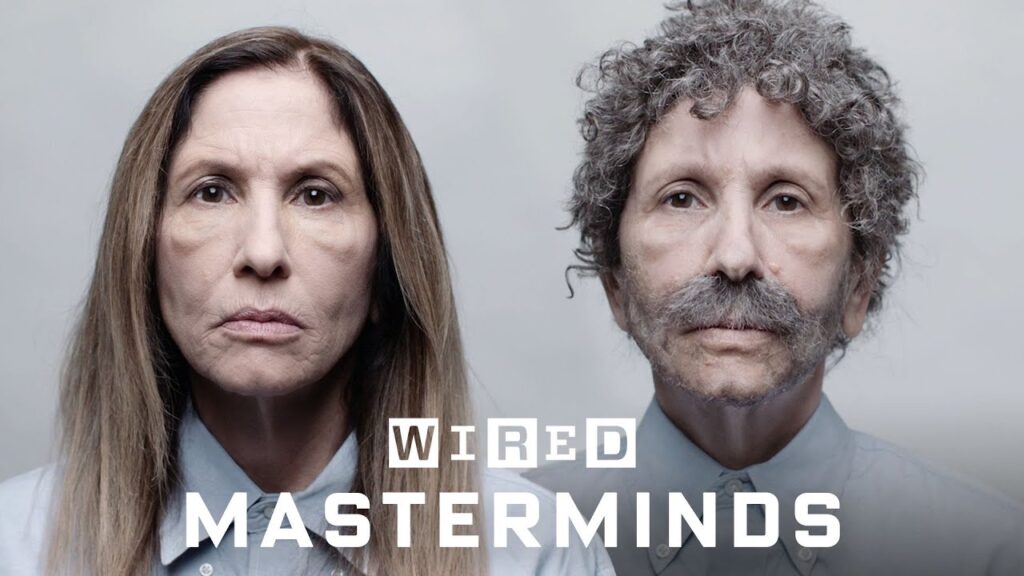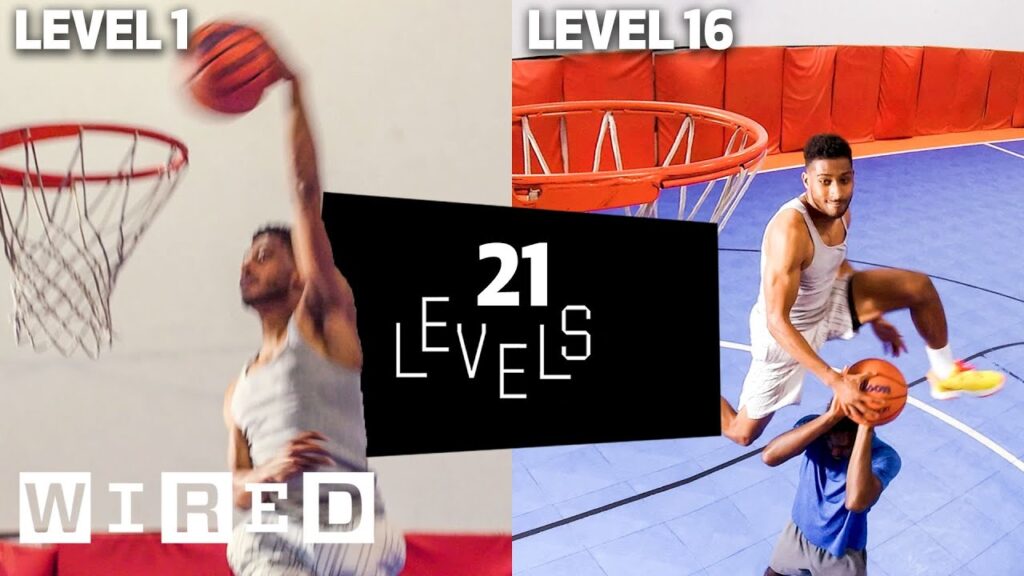Bones of the Human Body: Exploring Injuries and Trauma
Summary
In this article, we explore the various bones in the human body and the injuries they can sustain, based on the movie John Wick. Orthopedic surgeon Dr. Chris Rayno discusses the structure of bones, including the hard outer cortex and spongy interior, and highlights the vulnerability of certain bones to injury. We also discuss the role of bones in blood production and the different treatments for bone fractures.
Table of Contents
- The Cranium: Occipital, Parietal, Temporal, and Frontal Bones
- Other Bones of the Human Body: Hyoid, Spine, Coccyx, Sternum, and Clavicle
- Trauma and Injuries: Scapula, Shoulder Joint, Rib Fractures, and Arm Bones
The Cranium: Occipital, Parietal, Temporal, and Frontal Bones
Dr. Rayno explains that the occipital bone, located in the back of the cranium, can cause neck injuries if hit. The parietal bones on the side of the cranium can damage the middle meningeal artery if injured in the thinnest area, the terion. The temporal bones on the side of the cranium are a good place to hit for head injuries, while the frontal bone at the front of the cranium can cause a concussion with significant force. The sphenoid bone produces the back of the eye cavity, while the ethmoid bone is responsible for the nasal cavity.
Other Bones of the Human Body: Hyoid, Spine, Coccyx, Sternum, and Clavicle
In addition to the bones of the cranium, Dr. Rayno discusses other bones in the human body. The hyoid bone is unique in that it doesn’t directly articulate with any other bone and is vulnerable to injury if significant force is applied to the neck. Breaking the neck above the C3 level can be fatal if medical attention is not received. The spine is made up of cervical, thoracic, lumbar, and sacral vertebrae, with the lumbar vertebrae being the largest and supporting the most weight. The sacrum and coccyx (tailbone) are also part of the spine, with the coccyx not protected by soft tissue and potentially painful if impacted. The sternum plays a crucial role in creating stability for the chest cavity, but no bone can protect against a bullet. The clavicle is a bone that is frequently injured, especially when falling and landing on an angle.
Trauma and Injuries: Scapula, Shoulder Joint, Rib Fractures, and Arm Bones
Dr. Rayno notes that the scapula is well-protected by muscle, and the shoulder joint can dislocate if a force is applied too quickly or the arm is extended beyond its range of motion. Rib fractures can lead to injuries of the lung or chest cavity. Some people have extra ribs due to a congenital deformity or spontaneous mutation. The arm has three bones, with the radius and ulna being the most likely to fracture. Fractures are treated through open reduction, where the bone fragments are brought back together and secured with a plate and screws. Bones are also the site of blood production, and in trauma situations, IV fluids can be administered through an intraosseous catheter.
Conclusion
Understanding the structure and vulnerability of bones in the human body can help us better prevent and treat injuries. From the bones of the cranium to the arm bones, each bone plays a crucial role in our overall health and well-being. By taking care of our bones, we can lead healthier and more active lives.






